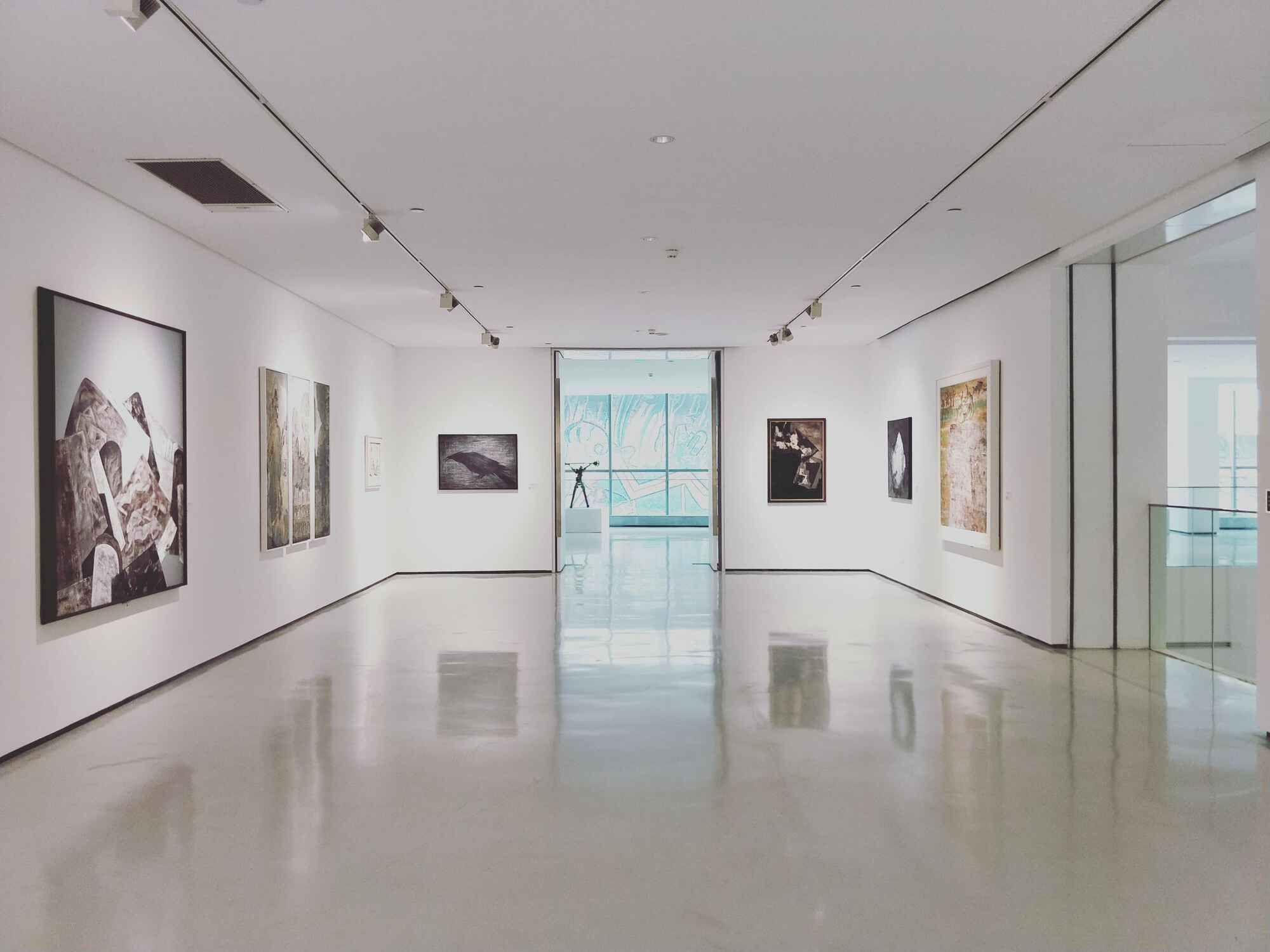
Modern Art
by Andreea Nemes
·
The problem with more representational art, of course, is that it denies the possibility of direct perception. As Langdon Williams put it in The Sense of Beauty and the Meaning of the Image (1989), “The sublime, as we perceive it, is illusory. Like creation itself, the sublime is a process of imagining.” And certainly the more radically abstract contemporary arts are based on this idea. In art history, the pinnacle of abstraction — Matisse’s Orpheus and Eurydice — plays as precisely on that radical postmodernist logic. Looking at it today, we see it as classic postmodern art — no more, no less — with absolutely no intention of communicating to the common person. The genius of Picasso and Matisse was to realize that abstraction, if you can successfully ignore the literal structure of the painting, creates new meanings.
The meaning of Picasso’s Great Modernist Misrepresentations is postmodern, too — but unlike Matisse’s, Picasso’s art remains, on the whole, quite familiar. In Picasso’s day, modernism had just begun to appear — as a matter of course. But it was still a possibility. And so Picasso created “racier” representations of classic art, specifically of Matisse. For Picasso, Matisse was an idea. He wasn’t an artist who could be photographed. Today, Picasso is seen as no less important in abstract art than Matisse is in more traditional, realistic art.
Still, to look at the sculpture of Picasso’s Great Modernist Misrepresentations today — literally, figuratively, artistically — is to experience something that may only be understood by the modern artist. If Matisse’s traditional realism elicits a pang of sympathy, Picasso’s representation of traditional formal design communicates something more. The refinement of the design — the matinee idolization of Picasso’s mock-naturalistic vision — will never be entirely matched in the work of Matisse. Likewise, Matisse’s invention of “expressionism” is, on one hand, a great accomplishment, a great discovery, a genuine innovation. But it is also a vision limited to postmodernism — at least, for the time being. No matter how precisely Matisse represents nature, with its repetitive patterns, we can never forget the modernist impulse to move toward abstraction and for abstraction.
Picasso’s explanation for his representation of Matisse is that the artist “explored matisse through the ironies of everyday life” in order to find “some sort of metaphysical truth.” Picasso’s freshness is the urge to use different ideas — new, modern ideas, abstract ideas — to understand old art and create new ideas.
And so the deconstruction of traditional art has occurred. Modern artists use “imagination” as a crutch for figurative art. Modern artists focus on the problem of art, not art. They view art not as a creation of the imagination, but as a linear progression of ideas. There is more abstract art today than ever — and yet art today exists precisely because there is more metaphorical art than ever.